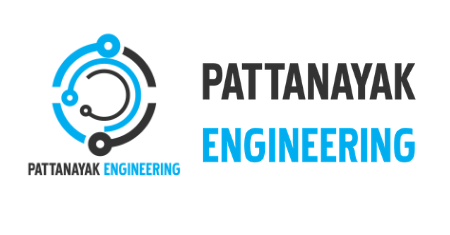Robotic Process Automation (RPA)
In this blog we are going to discuss Robotic Process Automation (RPA) and its factors.
RPA is the process of performing business activities with the help of robots so that human work-load can be reduced.
Key Features:
Integrations are important for your system to work with your enterprise applications. It is also feasible for the bot to screen scrape and still perform tasks however it is more reliable to have app integration compared to screen noise as screen noise tends to have a higher probability of causing errors. Most bots in the market work with legacy applications (though coverage depends from vendor to v vendor), web applications, desktop applications and other major enterprise software including SAP, Citrix, Java and mainframe applications.
Programing Interfaces are required because bots need to be programmed. This system is relatively simple compared to other types of programming and there are code-free ways to program RPA bots.
Type of RPA Tool:
Programmable RPA Tool: These are the most commonly used RPA tools. Developers have to understand the process and code a set of rules governing how the RPA bot will function. For rigid ignored automation tasks, these tools are needed most of the time.
No Code Tool: Process still needs to be analyzed and understood but instead of programming, users rely on a visual user interface and macro recording to build automation. This seems to be programmable solutions and in attended automation, we expect these tools to gain more widespread acceptance.
Benefits Of RPA:
Helps in quickness of work and avoid errors in customer-facing processes to increase customer satisfaction and loyalty.
Assists Employees to concentrate on higher value-added activities which improve both business outcomes and employee satisfaction.
Helps in minimizing manual data edits, increasing quality of data, reducing compliance risks and simplifying audits since RPA bots leave digital log files of all their activities.
Disadvantages Of RPA:
Job Loss: If a robot can work faster with a more consistent rate, then it is assumed that there will be no need for human input. It is the main concern for the employees, and this result as a major threat to the labor market. However, this thinking is not accurate. Amazon has shown a great example of this limitation.
Choice of investing: RPA is still in the stage of innovation, and so it can present challenges that may result in unwanted outcomes. Therefore, it isn’t easy for organizations to decide whether they should invest in robotic automation or wait until its expansion.
Require Skilled Labor: Many organizations believe that to work with RPA, the staff must have significant technical knowledge of automation as robots may require programming skills and an awareness of how to operate them. It further forces organizations to either hire a skilled staff or train existing employees to expand their skills.
Conclusion:
If You have any queries you can drop your questions below,
we will be happy to solve your problems.
Thanks for reading…!!!
Pattanayak Engineering
https://pattanayakengineering.com/


